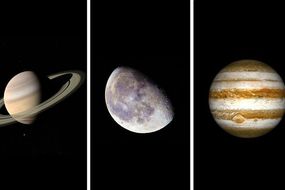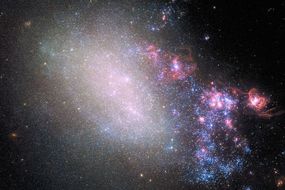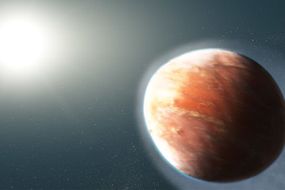Why are dead planets beaming radio waves into space? Astronomers on cusp of big discovery – Express.co.uk
DEAD planetary cores orbiting white dwarf stars can emit radio waves into space for billions of years, astronomers in the UK have revealed.
Astronomers at the University of Warwick hope to locate these dead planets by “tuning in” to the emitted radio signals. When a star like our Sun nears the end of its lifecycle, it spectacularly expands into a so-called Red Dwarf and consumes all in its path. The expansion destroys planets and exposes the star’s incredibly hot and dense core – the White Dwarf. In an incredible discovery, astronomers have figured out a way of tracking down these White Dwarfs and the planets they have destroyed.
Dr Dimitri Veras from the University of Warwick, who led the study, said: “Nobody has ever found just the bare core of a major planet before, nor a major planet only through monitoring magnetic signatures, nor a major around a White Dwarf.
“Therefore, a discovery here would represent ‘firsts’ in three different senses for planetary systems.”
A White Dwarf star can glow for billions of years while interacting with the planets it has destroyed.
These interactions are caused by the flowing magnetic fields between the star and orbiting planetary cores.
READ MORE: Terrifying picture of Sun reveals giant sunspots ‘stifling flow of energy’
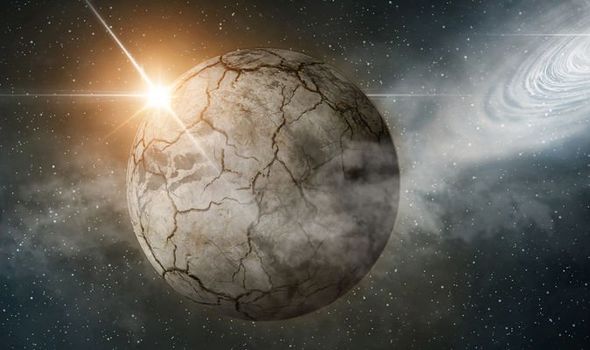
Space news: Astronomers believe dead planets around White Dwarfs emit radio waves (Image: GETTY)
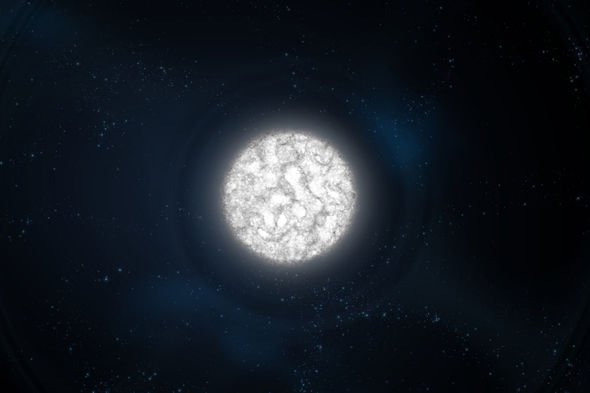
Space news: White Dwarfs are super hot and super dense star cores (Image: GETTY)
Planetary cores, which are heavy in various forms of metal, act as a conductor for the magnetic fields.
According to Dr Veras’ research, the whole system forms a “unipolar circuit” that emits a specific type of radiation.
The radiation comes in the form of radio waves that are emitted out into the vast expanse of space.
Here on Earth, we can fine-tune radio telescope observatories to detect these signals.
READ MORE: NASA discovers new sunspot explosions sending EXTREME UV radiation to Earth
A similar effect occurs in our solar system between the gas giant Jupiter and its moon Io.
A discovery here would represent ‘firsts’ in three different senses for planetary systems
Dr Veras said: “There is a sweet spot for detecting these planetary cores: a core too close to the White Dwarf would be destroyed by tidal forces, and a core too far away would not be detectable.
“Also if the magnetic field is too strong, it would push the core into the White Dwarf, destroying it.
“Hence, we should only look for planets around those White Dwarfs with weaker magnetic fields at a separation between about three solar radii and the Mercury-Sun distance.”
READ MORE: Scientists warn an asteroid hitting London ‘would be quite an issue
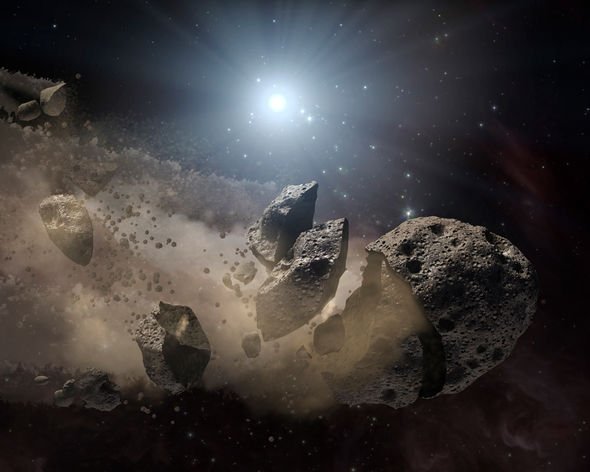
Space news: Astronomers want to track the radio waves the dead planet cores (Image: GETTY)
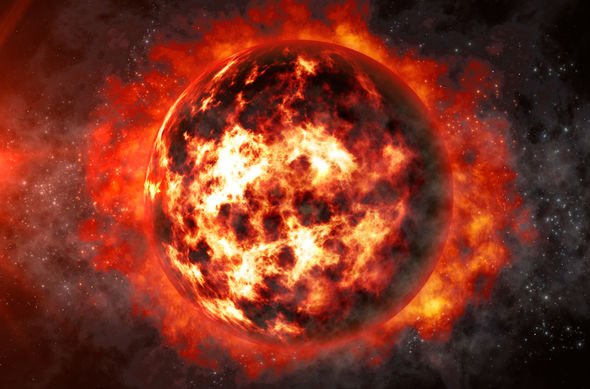
Space news: An expanding Red Giant will kill the planets in its path (Image: GETTY)
The findings of the study, published in the Monthly Notices of the Royal Astronomical Society, will help astronomers hone in on dead planets orbiting White Dwarfs.
According to Professor Alexander Wolszczan from Pennsylvania State University, the odds of locating these worlds are “quite good”.
And Dr Veras said: “A discovery would also help reveal the history of these star systems, because for a core to have reached that stage it would have been violently stripped of its atmosphere and mantle at some point and then thrown towards the White Dwarf.
“Such a core might also provide a glimpse into our own distant future, and how the solar system will eventually evolve.”
